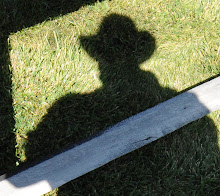
Above is an image (portrait) of the lobby at the Red Rock Hotel in Las Vegas. As you can see it was Christmas time. They have a huge chandelier in the lobby that is maybe 50 feet tall. This was shot in natural light.
Consider using portrait orientation for individuals (not groups), buildings, canyons and anything that has a vertical orientation.
The rooms at the Red Rock are beautiful and the rates were fantastic. We booked our room through Allegiant Air (http://www.allegiantair.com/) and got an even better deal.



